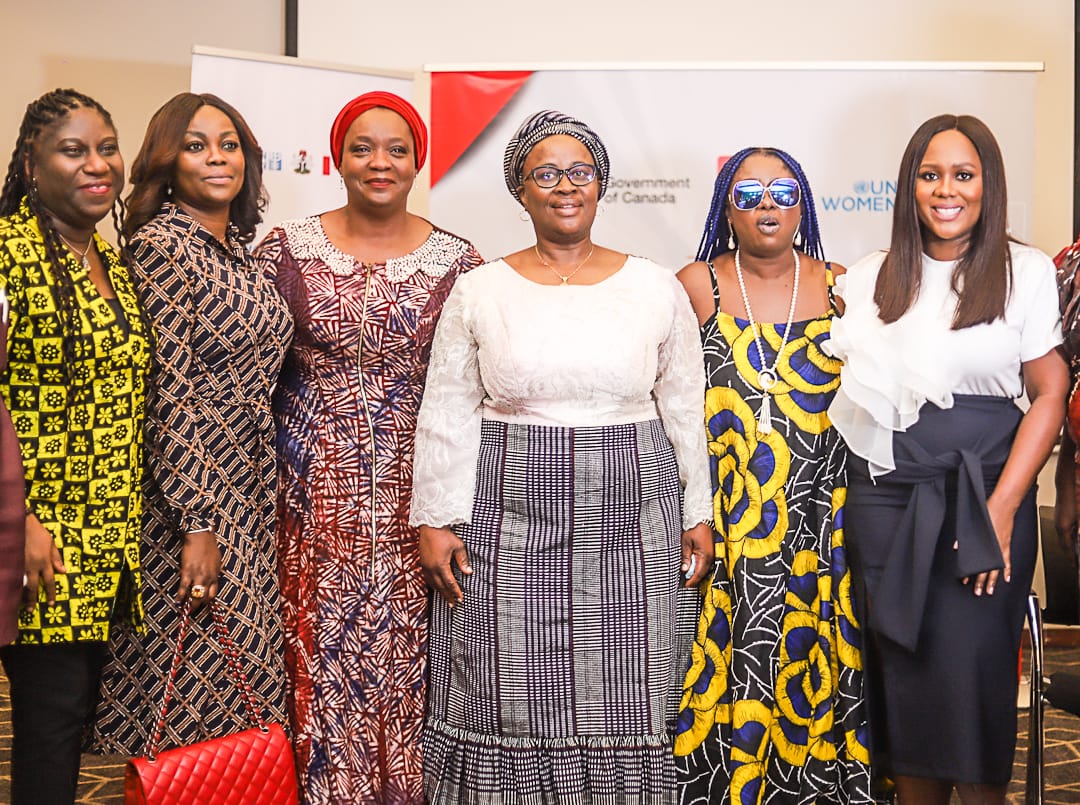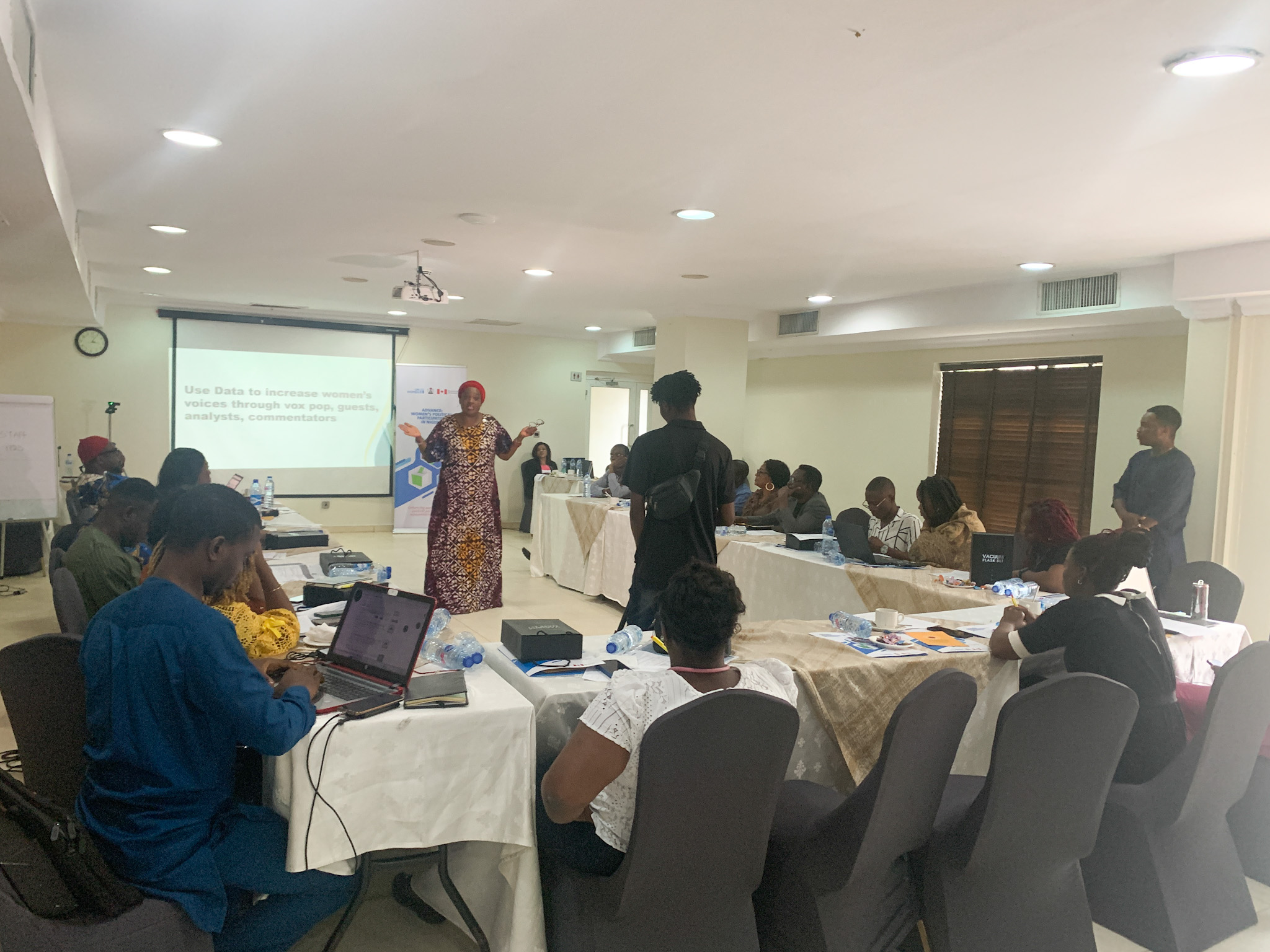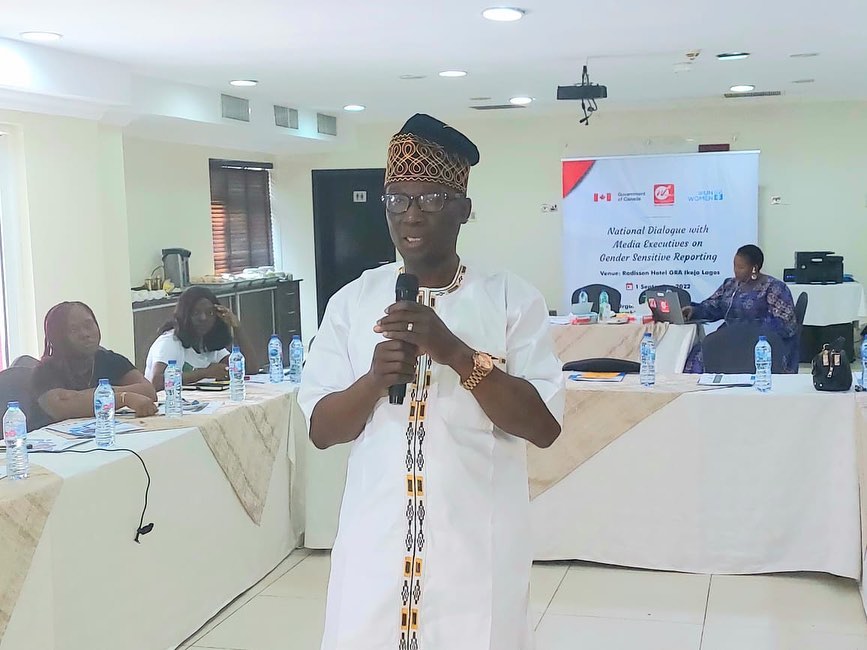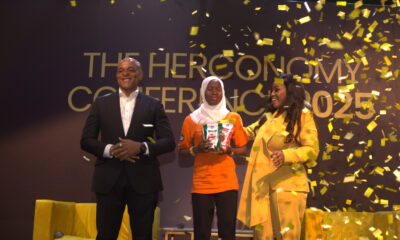Features
Women Radio x UN Women Training for Journalists Explores How We Can Represent Women Better in Media

Globally, women are far less likely than men to be represented in the media, either as subjects of stories or as experts. In a 2015 report, women made up a mere 19% of experts featured in news stories and 37% of reporters telling stories globally. Also, only 24% of expert voices in the news are women.
As we study women’s underrepresentation and misrepresentation in media, we know that this gender-imbalanced picture of society can reinforce and perpetuate harmful gender stereotypes. We also realise that more than ever before, especially with the increasing rise of new media and the awareness of women’s participation across sectors, it is important that the media reflect on how they include and portray women in their stories.
On the 1st and 2nd of September, 2022, Women Radio, in collaboration with the United Nations Women brought together over 20 media executives and journalists in Nigeria for a national dialogue on gender-sensitive reporting. The aim of the training was simple: report women more; report women better.

Dr Mahmood Halilu Ahmad – Chairman/CEO NAS FM, Beatrice Eyong – UN Women Country Representative to Nigeria & ECOWAS, Toun Okewale Sonaiya – MD/CEO Women Radio 91.7, Allen Adedoja – MD/CEO City FM, Imoni Amarere – Executive Director, DAAR Communications

Motunrayo Alaka – Executive Director Wole Soyinka Center for Investigative Journalism, Allen Adedoja – MD/CEO City FM, Toun Okewale Sonaiya – MD/CEO Women Radio 91.7, Beatrice Eyong – UN Women Country Representative to Nigeria & ECOWAS, Azuka Ogujiuba – Founder, Media Room Hub, Uche Pedro – CEO, BellaNaija
Led by Toun Okewale Sonaiya – CEO Women Radio 91.7, Motunrayo Alaka – Executive Director, Wole Soyinka Centre for Investigative Journalism (WSCIJ), Ene Ede – Gender and Media Strategist, Seyi Soremekun – National Information Officer, United Nations Information Centre, and Beatrice Eyong – UN Women Country Representative to Nigeria and ECOWAS, the sessions explored the problems, the situation on ground, and how media practitioners can do better.
The Problems
During the training, journalists were asked to share how they report women – from the brainstorming sessions to the execution stage. When planning a new story, series, or project, do journalists think, ‘we have 4 men, we must get 4 women too’ or do they go ahead with the story even if women are underrepresented or not represented at all? For the majority of journalists seated around the training table, the latter was the answer – whether or not there was a balance in gender, the story continues. Many of them admitted they are usually focused on pushing out stories that they don’t realise they aren’t representing women in these stories.
There lies the first problem: a lack of awareness.
People who shove women, women’s issues, or women’s stories to the bottom do so not because they are mean, but because they are not aware enough to see how the underrepresentation of women is slowly but surely erasing women. A journalist who tells the story of 10 people and only includes one or two women does so because he/she is yet to come to the awareness that gender balance is important in telling stories. That is what the training aimed to correct.


Motunrayo Alaka
According to the International Labour Organisation (ILO), 46% of news stories reinforce gender stereotypes, while only 4% challenge them.
Another problem is the biases of journalists and media practitioners. As journalists, we fall into the trap of portraying a certain kind of women – those we feel are decent enough or intelligent enough to be shown. So we chase after the bankers, lawyers, CEOs, and many other successful women. We put the women we feel should be represented in our mental boxes and discard those we believe do not fit into these boxes. So who tells the story of every other woman?
Toun Sonaiya went around the room and many journalists admitted that their biases have hindered them from giving all women equal platforms and equal representations. Because we feel women must be decent to be taken seriously, many journalists scoff at women who do not fit into their moral standards. But to report women (and in better light), media practitioners and journalists must be less biased and judgmental, must be focused on the cause and not the person, and must let go of sentiments and personal moral standards. Every woman deserves to be represented.
Ene Ede and Seyi Soremekun’s class explored how words and language play a huge role in the stories told of women. It is not enough to include women in media or your stories. What are you saying? How are you saying it? What’s the aim of your story? We have seen how, on many occasions and under the guise of reporting women, the media set women up to be bullied by their viewers and readers. In many cases, the media has also portrayed women as weak, irrational, unintelligent, incapable, and heavily reliant on men. Moving forward, journalists must consciously tells stories of women from a place of strength, intelligence and capabilities.
Stories are important and how stories about women are told can either enlighten people, remold and shape thought processes or feed into existing biases and stereotypes.
What We Can Do Better
Report women more; report women better.
Across beats, across stations, across states, and the nation, there are women smashing glass ceilings, women who are experts in their fields, and women building and pushing boundaries. There’s the everyday woman juggling business and family, taking care of the home. Engage them all, and tell their stories.
Beyond having a designated page or column for women in your magazine or newspaper, invite women as experts in your stories, programs, and across beats. Invite women to talk about politics, (in)security, economics, finances, and so on. Go the extra mile to get women on your shows and platforms, and amplify their voices. Portray women as leaders and experts in their field as opposed to passive humans. Do more features on women and women issues, and project women positively.

Telling women’s stories should not be a one-off thing, women should be included in our daily reportage. Pay attention to gender balance in vox pops, guests invites, shows, and so on.
We should also let go of biases and stay focused on the cause. We cannot disrupt and dismantle stereotypes, and transform thought processes if we cannot question and let go of existing stereotypes.






















